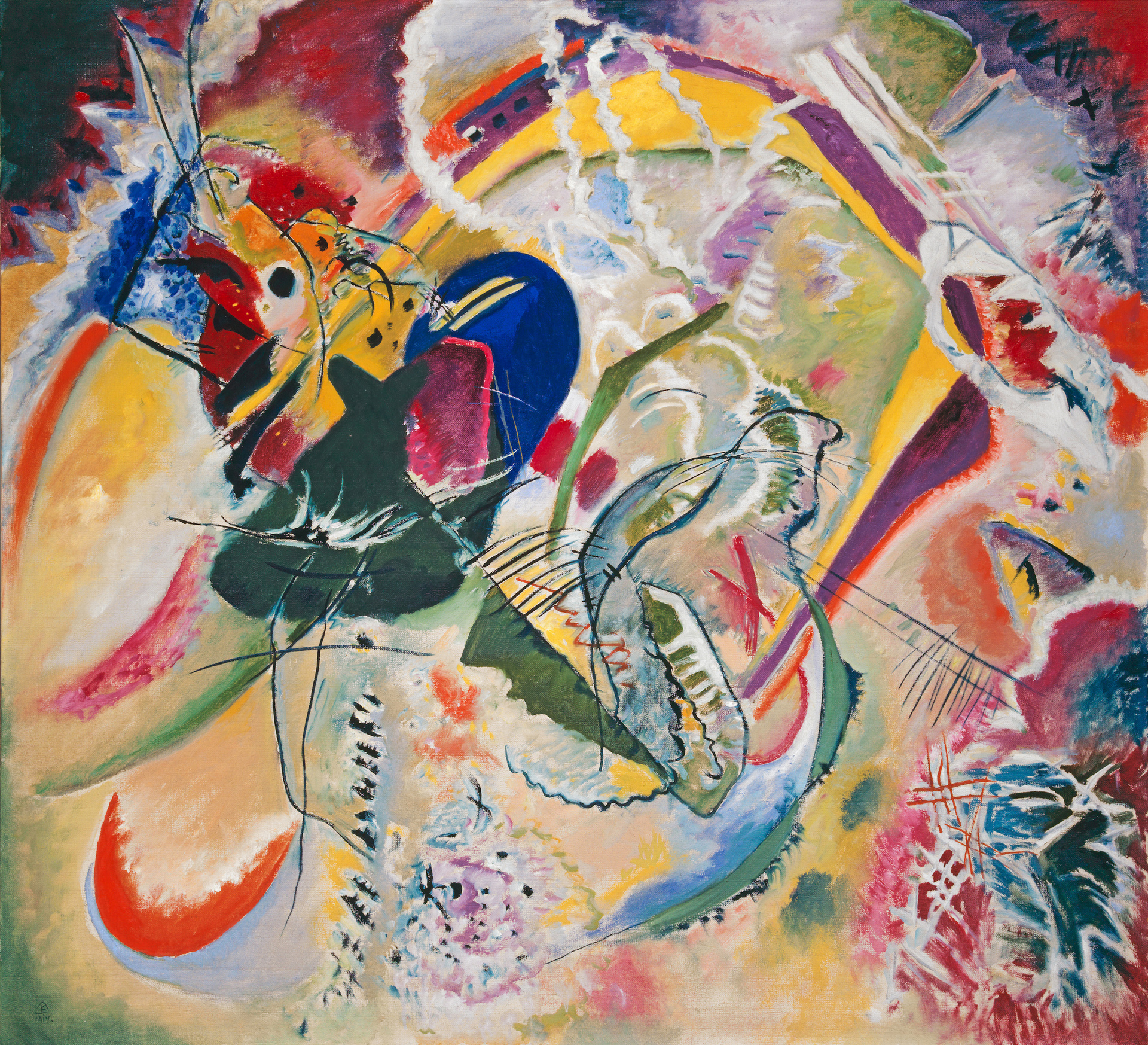Kandinsky
Painting 1908–1921
Wassily Kandinsky (born in Moscow in 1866, died in Paris in 1944) was one of the 20th century's greatest pioneering artists and a champion of Modernism. Having opened doors to a spiritual reality that transcends the visible world, his forays into abstraction have had an enduring impact that still reverberates in art today. The large-scale exhibition at the Kunstmuseum Basel, mounted in cooperation with Tate Modern, London, is devoted to work created between 1908 and 1921. Visitors will be able to trace Kandinsky‘s exploration of uncharted artistic terrain on the basis of some 60 paintings on loan not only from such important collections as the Art Institute of Chicago, the Solomon R. Guggenheim Museum, New York, and the Centre Georges Pompidou, Paris, but also from several Russian museums.
The 42-year-old artist‘s first breakthrough came in 1908 with paintings made in Murnau, a village in the foothills of the Bavarian Alps. These paintings, saturated with colour, still show figurative reference, mostly to the landscape, but their exuberant visual idiom anticipates the artist’s creation of an autonomous artistic reality, which reached a climax in a group of works painted before the First World War and highlighted in this exhibition. In them, Kandinsky has fully realised the concept of non-figurative painting, in which a harmony of spheres in colour and shape produces an effect comparable to music. Tellingly, the artist began to title his works ‘improvisations’, ‘compositions’ and ‘impressions’, in analogy to music.
After the war broke out in 1914, Kandinsky was compelled to return to Russia. Having witnessed the 1917 revolution and post-revolutionary artistic and cultural developments, he became actively involved in establishing new educational institutions and museums. However, the new regime’s growing restrictions on artistic freedom led him to leave Russia again and return to Germany in 1921. There he began teaching at the newly founded Bauhaus, a step that coincided with a new direction in his art.
The earlier interplay among elements of colour and form showed a great spontaneity of expression, which was often the result of prolonged thought and several preliminary studies. This gradually gave way to a more stringent, increasingly geometric condensation of form and a more muted palette.
The exhibition is supported by:
Stiftung Patronatskomitee Basler Kunstmuseen
From 22 June until 1. October 2006 the exhibition is to be seen at Tate Modern, London.

